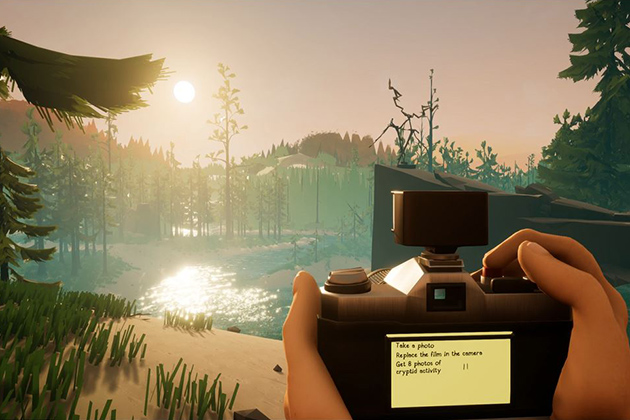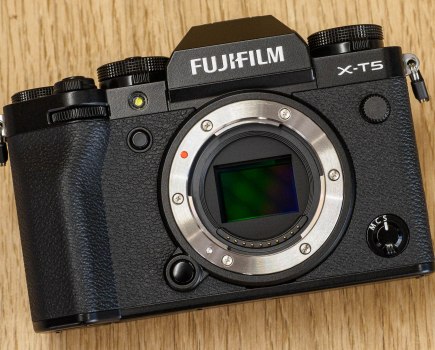The relationship between video gaming and photography has been smouldering away for years. Many games include photo modes where you can capture what’s happening on screen, adjusting the framing and exposure of your snapshots.
Some games encourage you to play the role of photographer. Back in 1999 the classic Pokémon Snap involved taking pictures of elusive creatures that were rated according to their pose and size in the frame. Afrika, dating from 2008, is another notable example. You’re hired to shoot pictures of wild animals and can choose from a variety of Sony cameras and lenses, and select exposure settings while the PlayStation controller measures shake, rewarding you for a steady hand. In the forthcoming Snap Hunt, inspired by the Bigfoot conspiracy culture, four players compete, using 1970s film SLRs, to get photos of a dangerous mythological creature in a North American national park.
There are many more first-person point-and-shoots but the whole experience is far removed from actual photography and unlikely to hone your real-world skills. Driving games are very different. They’re so realistic that Formula One drivers use them as a vital part of their practice regime. Part of their success is down to the steering wheels, pedals and wraparound monitors that take the place of the standard game controllers, and make the experience so realistic.

The Labo camera customisation kit
For video games to be more like actual photography, game controllers need to be more like real cameras. Nintendo is leading the way with its super-popular Switch. One of the Labo’s so-called customisation kits you can now buy for it includes a camera-shaped cardboard box. Pop your Switch handheld console inside and you can zoom in and out and fire the shutter. But it’s really just a toy with very basic games. Which begs the question: why use a cardboard camera when you could control a more sophisticated game with a real one?
Imagine hooking your mirrorless camera up to your computer, through a cradle of some sort, which incorporated motion sensors and controls you’d use to navigate around a virtual world. The game would replicate various photographic challenges – from street and sports photography to landscapes and even portraiture. When you see something you want to photograph you bring the camera up to your eye, or switch to the camera’s screen, and shoot your pictures using the camera’s normal controls. The camera’s software would be linked to the game so that the EVF would have an accurate representation of the game’s virtual world rather than the optical image coming through the lens. AI could possibly be used to judge the quality of your shots. Add a compelling narrative and you’d be able to enjoy hours of entertainment perfecting photographic skills you could transfer to the real world; a photo contest where everyone’s a winner.
 Jon Bentley is a TV producer and presenter best known for Top Gear and Channel 5’s The Gadget Show
Jon Bentley is a TV producer and presenter best known for Top Gear and Channel 5’s The Gadget Show
The views expressed in this column are not necessarily those of Amateur Photographer magazine or TI Media Limited







